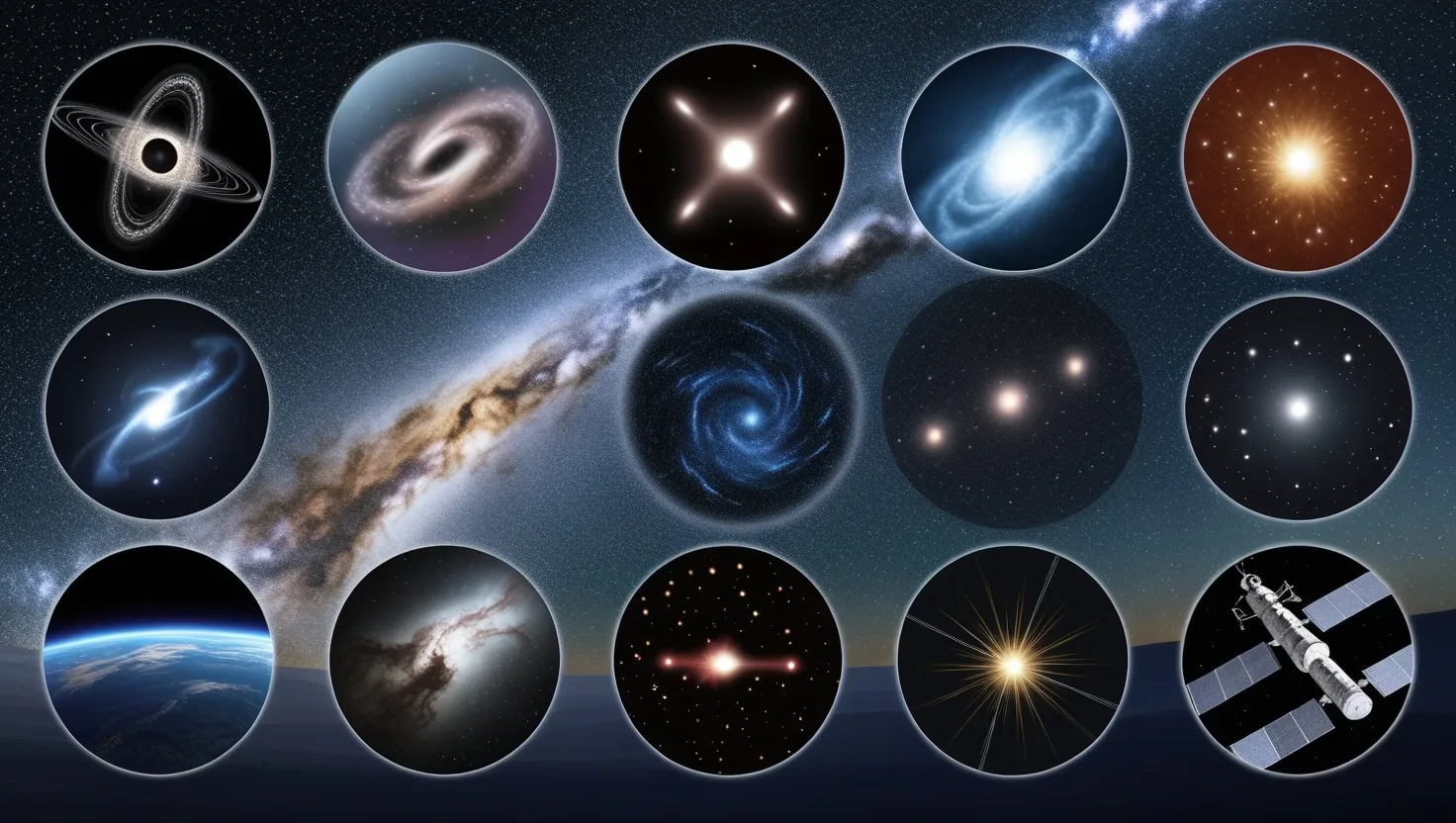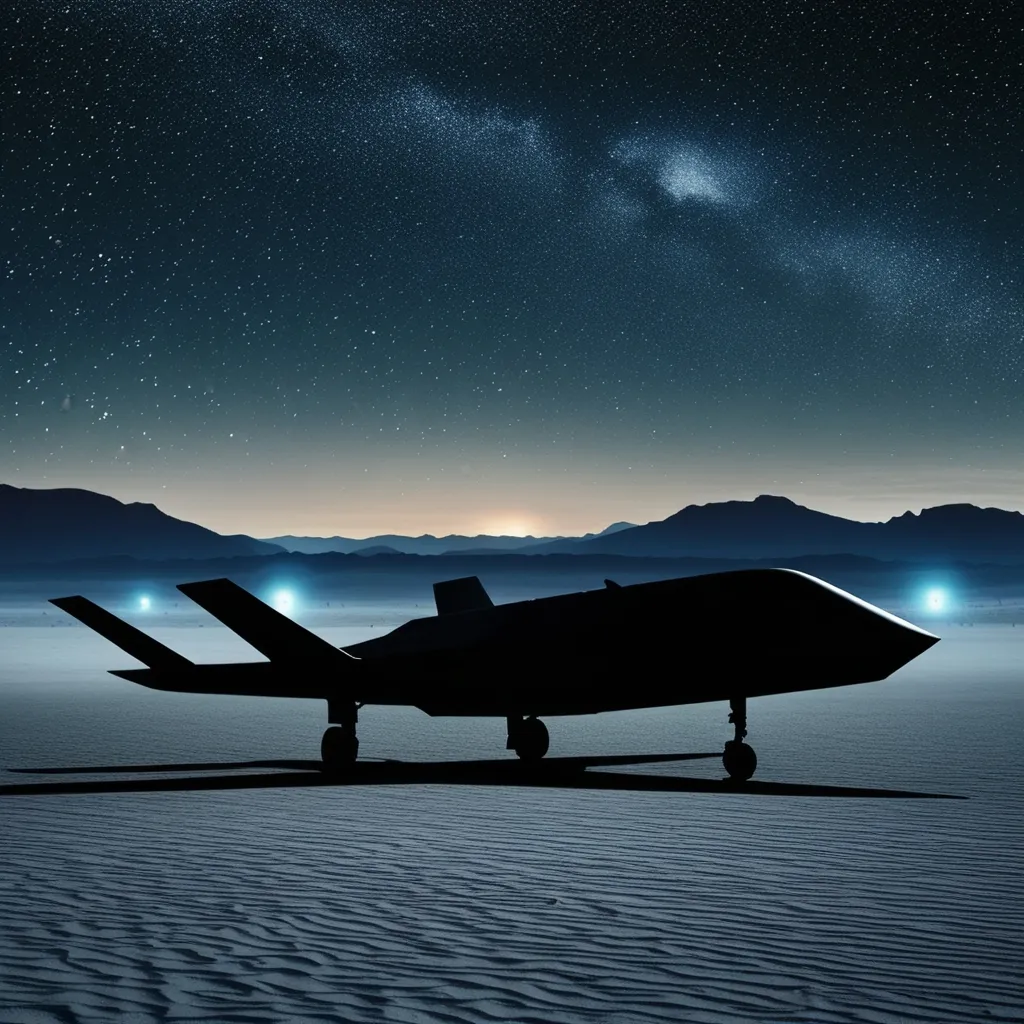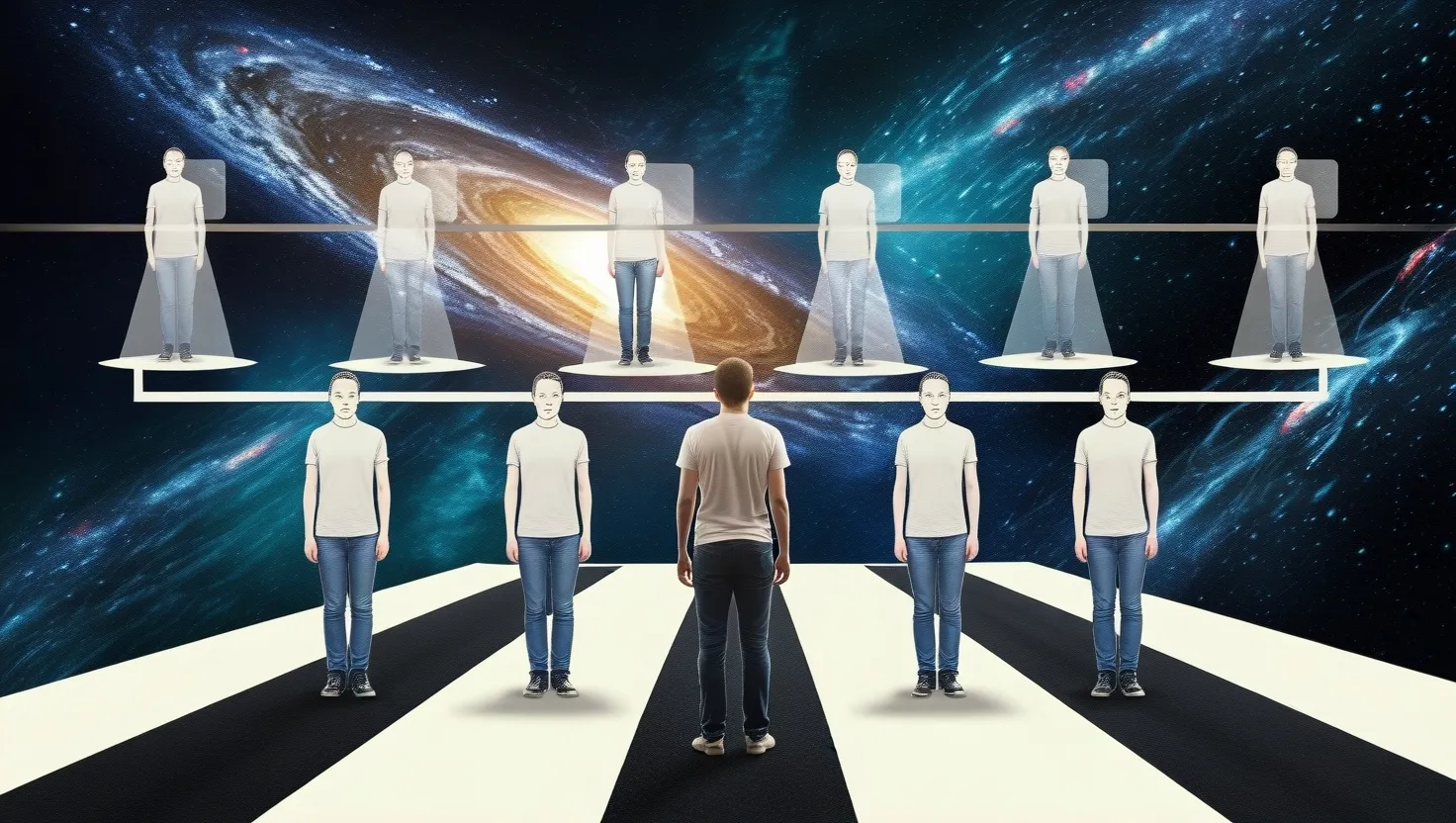The cosmos never fails to astonish us with its wonders, constantly pushing the boundaries of our understanding. As we gaze up at the night sky, we’re reminded of how much remains unknown, despite our technological advancements. Let’s embark on a journey through nine mind-bending celestial events that continue to challenge astronomical understanding.
Our first stop takes us to the Great Attractor, an enigmatic gravitational anomaly lurking in the depths of space. This cosmic behemoth exerts an invisible yet immense gravitational pull on thousands of galaxies, including our own Milky Way. Discovered in the 1970s, the Great Attractor remains shrouded in mystery, hidden behind the plane of our galaxy. Its true nature eludes us, sparking debates among astronomers. Is it a massive cluster of galaxies? A web of dark matter? Or something even more exotic? The Great Attractor reminds us that even on the grandest scales, the universe holds secrets we’ve yet to decipher.
“The universe is not only stranger than we imagine, it is stranger than we can imagine.” - Sir Arthur Eddington
Moving closer to home, we encounter the perplexing Hessdalen light vortices in Norway. For decades, observers have reported strange, floating orbs of light in the Hessdalen valley. These luminous phenomena defy easy explanation, appearing to move with intelligence and lasting from seconds to hours. Scientists have proposed various theories, from ionized dust particles to underground piezoelectric effects, but a conclusive explanation remains elusive. The Hessdalen lights blur the line between atmospheric phenomena and potential extraterrestrial activity, challenging our understanding of both.
What do you think could be causing these mysterious lights? Natural phenomena, or something more extraordinary?
Our cosmic tour takes us next to the Carina Nebula, a stellar nursery teeming with newborn stars. While its beauty is undeniable, it’s the nebula’s unexplained radio emissions that truly perplex astronomers. These intense bursts of radio waves, first detected in the 1990s, don’t match any known astrophysical processes. Some researchers speculate they could be linked to massive stellar collisions or exotic particle interactions. Others wonder if we’re witnessing an entirely new class of cosmic phenomena. The Carina Nebula’s radio mystery underscores how much we have yet to learn about star formation and the extreme physics at play in these cosmic crucibles.
Shifting our gaze to Earth orbit, we encounter the enigmatic Black Knight satellite object. This dark, tumbling form has been spotted by multiple observers since the 1960s, sparking wild speculation. Some claim it’s a 13,000-year-old alien satellite, while others dismiss it as space debris. The truth likely lies somewhere in between, but the Black Knight’s origins and nature remain contentious. It serves as a reminder that even in near-Earth space, unexplained objects can capture our imagination and challenge our assumptions.
“The most beautiful experience we can have is the mysterious. It is the fundamental emotion that stands at the cradle of true art and true science.” - Albert Einstein
Our celestial journey now brings us to T Pyxidis, a remarkable recurrent nova that defies astronomical expectations. This binary star system erupts every few decades, brightening by a factor of 10,000 in a cosmic instant. What’s truly baffling is that T Pyxidis seems to be gaining mass over time, contrary to our understanding of how these systems should evolve. This unexpected behavior forces us to reconsider our models of stellar evolution and the fate of binary star systems. Could T Pyxidis be on a path to becoming a supernova, or does it represent an entirely new class of stellar object?
In the vast expanses between galaxies, we encounter another cosmic oddity: the synchronous flashing of distant quasars. These ultra-bright galactic cores, powered by supermassive black holes, shouldn’t be coordinated in any way. Yet observations have revealed patterns in their brightness variations that span billions of light-years. This apparent synchronicity challenges our understanding of large-scale cosmic structure and the propagation of light across vast distances. Are we seeing evidence of unknown physics at play, or could this be a sign of something even more profound about the nature of space and time?
Have you ever wondered how events separated by billions of light-years could appear coordinated from our vantage point?
Our cosmic tour now takes us to one of the most perplexing structures in the known universe: the Boötes Void. This enormous, nearly empty bubble of space spans an incomprehensible 330 million light-years in diameter. The void’s existence challenges our models of cosmic evolution and galaxy formation. How could such a vast region of space remain almost devoid of matter? Some astronomers speculate that the Boötes Void could be the result of multiple superclusters colliding, while others propose more exotic explanations involving dark energy or modified gravity. The void’s emptiness serves as a cosmic Rorschach test, revealing the limits of our understanding of large-scale structure formation.
Venturing to the outer reaches of our solar system, we encounter the puzzling behavior of Pioneer 10 and 11. These intrepid spacecraft, launched in the early 1970s, experienced an unexplained acceleration as they journeyed beyond the orbit of Saturn. This “Pioneer anomaly” persisted for decades, resisting explanation through known physics. While recent analyses suggest that thermal effects may be responsible, the anomaly forced scientists to consider everything from modified gravity theories to exotic particle interactions. The Pioneer probes remind us that even within our cosmic backyard, unexpected phenomena can challenge our fundamental understanding of physics.
“The important thing is not to stop questioning. Curiosity has its own reason for existing.” - Albert Einstein
Our final stop brings us to one of the most intriguing stars in recent astronomical history: KIC 8462852, better known as Tabby’s Star. This otherwise unremarkable F-type star exhibits bizarre, irregular dips in brightness that defy conventional explanation. These fluctuations are too large to be caused by planets and don’t follow any recognizable pattern. Astronomers have proposed everything from swarms of comets to alien megastructures to explain the star’s behavior. While recent observations favor natural explanations involving dust clouds, Tabby’s Star continues to surprise us with its unpredictable light curve. It stands as a humbling reminder that even seemingly ordinary stars can harbor extraordinary secrets.
As we conclude our journey through these nine mind-bending celestial events, we’re left with a profound sense of wonder and humility. The universe continues to surprise us, challenging our assumptions and pushing the boundaries of our knowledge. These cosmic mysteries serve as beacons, guiding us toward new discoveries and deeper understanding.
What other celestial phenomena do you think might be hiding in plain sight, waiting for us to notice and explain them?
In the face of these enigmas, we’re reminded that science is not a body of knowledge, but a process of continuous inquiry and discovery. Each unexplained event offers an opportunity to refine our theories, develop new observational techniques, and expand our cosmic perspective. As we continue to explore the universe, we can be certain that more mysteries await us, ready to challenge our understanding and ignite our imagination.
The cosmos remains a vast frontier, filled with wonders we have yet to comprehend fully. These nine celestial events are just a small sample of the mysteries that drive astronomers, physicists, and curious minds of all kinds to keep asking questions and seeking answers. In doing so, we not only advance our understanding of the universe but also deepen our appreciation for the incredible complexity and beauty of the cosmos we call home.






